- Have any questions?
- +86-189 8930 5995
- sales@mosinterchem.com.cn
Calcium Chloride CAS 10043-52-4

Orthoboric Acid CAS 10043-35-3
19/12/2018
Sodium Metasilicate Pentahydrate CAS 10213-79-3
19/12/2018| Model: | MOS 10043-52-4 |
| Brand Name: | MOSINTER |
| CAS No.: | 10043-52-4 |
| Melting Point: | 772 °C(lit.) |
| Boiling point: | 1600 °C |
| Density: | 1.086 g/mL at 20 °C |
| Vapour pressure: | 0.01 mm Hg ( 20 °C) |
| Refractive index: | n20/D 1.358 |
| Storage condition: | 2-8°C |
| Flashing point: | >1600°C |
| Solubility: | H2O: soluble |
| Form: | powder |
| Sensibility: | Hygroscopic |
Calcium Chloride (CAS: 10043-52-4)
| Item | Index |
| Appearance | White Flakes / Ball / Powder |
| Purity (As CaCl2) | 74-77% |
| Sulphate (As CaSO4) | 0.2 % max |
| Magnesium & Alkali Metal Chlorides (As NaCl) | 3.5% max |
| Alkalinity (As Ca(OH)2) | 0.2% max |
| Water insoluble | 0.1% max |
| PH value | 8 -10 |
Calcium chloride, CaCl2, is a salt of calcium and chlorine. It behaves as a typical ionic halide, and is solid at room temperature. Common applications include brine for refrigeration plants, ice and dust control on roads, and desiccation. Because of its hygroscopic nature, anhydrouscalcium chloride must be kept in tightly sealed, air-tight containers.
Uses
Desiccant
Drying tubes are frequently packed with calcium chloride. Kelp is dried with calcium chloride for use in producing sodium carbonate. Adding solid calcium chloride to liquids can remove dissolved water. Anhydrous calcium chloride has been approved by the FDA as a packaging aid to ensure dryness (CPG 7117.02).
These hygroscopic properties are also applied to keep a liquid layer on the surface of the roadway, which holds dust down.
Deicing and freezing point depression
Bulk of CaCl2 for deicing inJapan.
By depressing the freezing point of water, calcium chloride is used to prevent ice formation and to deice. This is particularly useful on road surfaces. Calcium chloride dissolution is exothermic, and the compound is relatively harmless to plants and soil; however, recent observations in Washington state suggest it may be particularly harsh on roadside evergreen trees. It is also more effective at lower temperatures than sodium chloride. When distributed for this use, it usually takes the form of small, white balls a few millimeters in diameter, called prills. Solutions of calcium chloride can prevent freezing at temperature as low as −52 °C (−62 °F), making it ideal for filling agricultural implement tires as a liquid ballast, aiding traction in cold climates.
Source of calcium ions
Calcium chloride is used to increase the water hardness in swimming pools. This reduces the erosion of the concrete in the pool. By Le Chatelier’s principle and the common ion effect, increasing the concentration of calcium in the water will reduce the dissolution of calcium compounds essential to the structure of concrete.
In marine aquariums, calcium chloride is added to introduce bioavailable calcium for calcium carbonate-shelled animals such as mollusks and somecnidarians. Calcium hydroxide (kalkwasser mix) or a calcium reactor can also be used to introduce calcium, however calcium chloride addition is the fastest method and has minimal impact on pH.
Food
As an ingredient, it is listed as a permitted food additive in the European Union for use as a sequestrant and firming agent with the E number E509. It is considered as generally recognized as safe (GRAS) by the U.S. Food and Drug Administration. Its use in organic crop production is generally prohibited under US National Organic Program’s National List of Allowed and Prohibited Substances. The average intake of calcium chloride as food additives has been estimated to be 160–345 mg/day for individuals.
As a firming agent, calcium chloride is used in canned vegetables, in firming soybean curds into tofu and in producing a caviar substitute from vegetable or fruit juices.[17] It is commonly used as an electrolyte in sports drinks and other beverages, including bottled water. The extremely salty taste of calcium chloride is used to flavor pickles while not increasing the food’s sodium content. Calcium chloride’s freezing-point depression properties are used to slow the freezing of the caramel in caramel-filled chocolate bars.
In brewing beer, calcium chloride is sometimes used to correct mineral deficiencies in the brewing water. It affects flavor and chemical reactions during the brewing process, and can also affect yeast function during fermentation. Calcium chloride is sometimes added to processed milk to restore the natural balance between calcium and protein in casein for the purposes of making cheeses, such as brie, Pélardon and Stilton. Also, it is frequently added to sliced apples to maintain texture.
Medicine
It is injected to treat internal hydrofluoric acid burns. It can be used to treat magnesium intoxication. Calcium chloride injection may antagonize cardiac toxicity as measured by electrocardiogram. It can help to protect the myocardium from dangerously high levels of serum potassium inhyperkalemia. Calcium chloride can be used to quickly treat calcium channel blocker toxicity, from the side effects of medicine such as diltiazem(Cardizem) — helping avoid potential heart attacks.
Aqueous calcium chloride is used in genetic transformation of cells by increasing the cell membrane permeability, inducing competence for DNA uptake (allowing DNA fragments to enter the cell more readily).
Animal sterilization
Calcium chloride dihydrate (20% by weight) dissolved in ethanol (95% ABV) has been used as a sterilant for male animals. The non surgical procedure consists of the injection of the solution into the testes of the animal. Within 1 month, necrosis of testicular tissue results in sterilization.
Other
Calcium chloride is used in concrete mixes to help speed up the initial setting, but chloride ions lead to corrosion of steel rebar, so it should not be used in reinforced concrete. The anhydrous form of calcium chloride may also be used for this purpose and can provide a measure of the moisture in concrete.
Calcium chloride is used in swimming pool water as a pH buffer and to adjust the calcium hardness of the water.
Calcium chloride is included as an additive in plastics and in fire extinguishers, in wastewater treatment as a drainage aid, in blast furnaces as an additive to control scaffolding (clumping and adhesion of materials that prevent the furnace charge from descending), and in fabric softener as a thinner.
The exothermic dissolution of calcium chloride is used in self-heating cans and heating pads.
In the oil industry, calcium chloride is used to increase the density of solids-free brines. It is also used to provide inhibition of swelling clays in the water phase of invert emulsion drilling fluids.
CaCl2 acts as flux material (decreasing melting point) in the Davy process for the industrial production of Sodium metal, through the electrolysis of molten NaCl.
Calcium chloride is also an ingredient used in ceramic slipware. It suspends clay particles so that they float within the solution making it easier to use in a variety of slipcasting techniques.
You must be logged in to post a review.

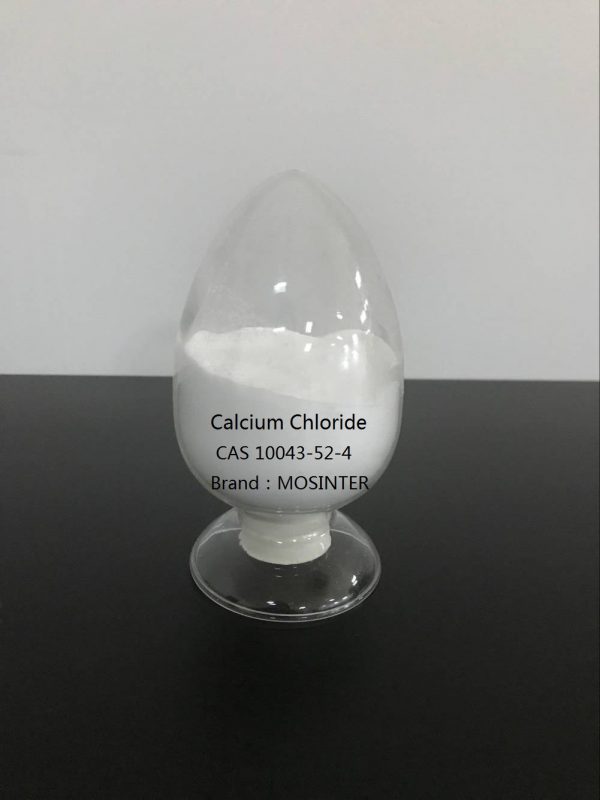
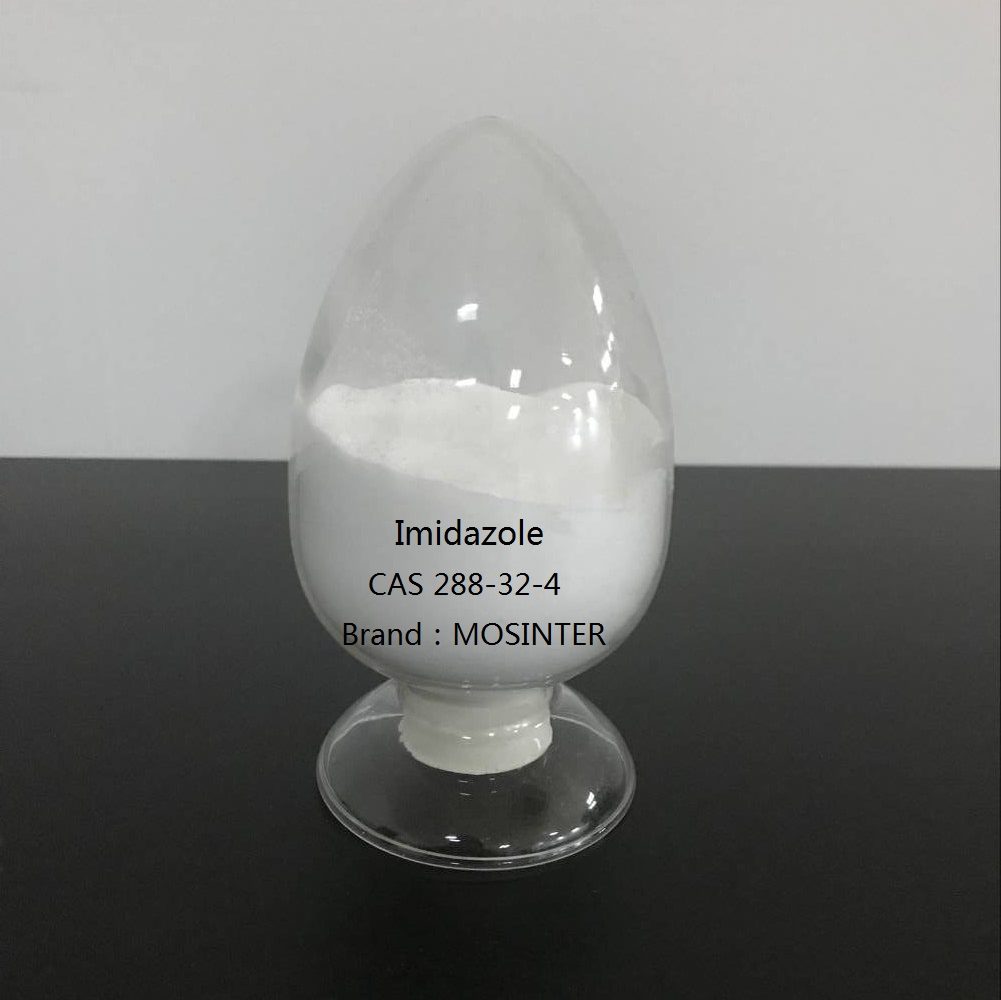
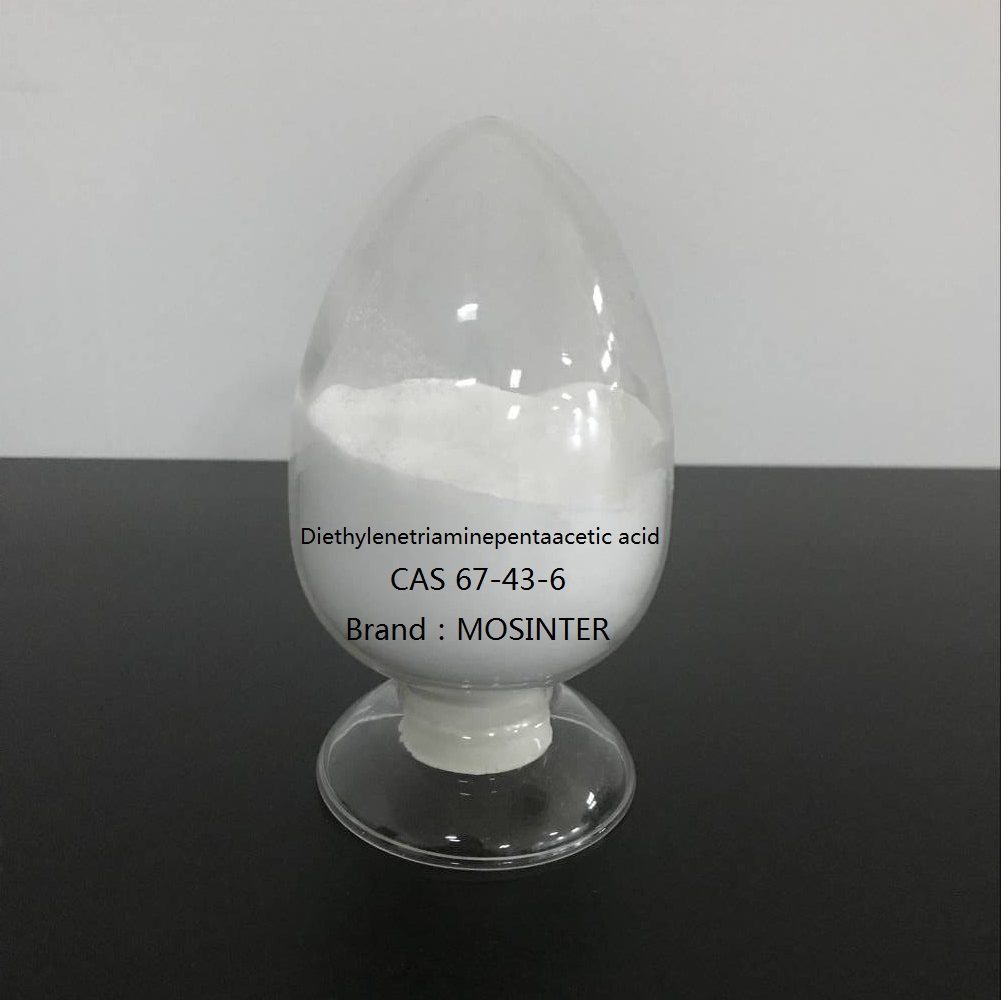
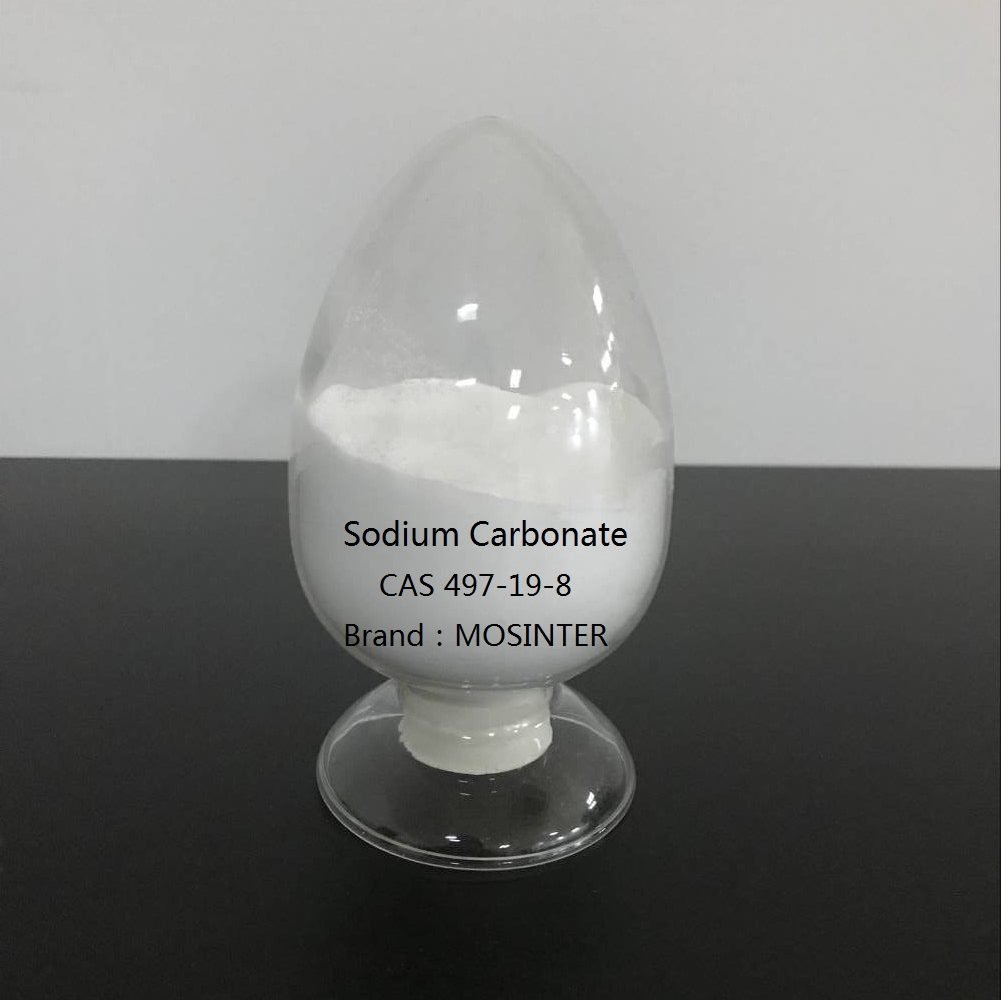
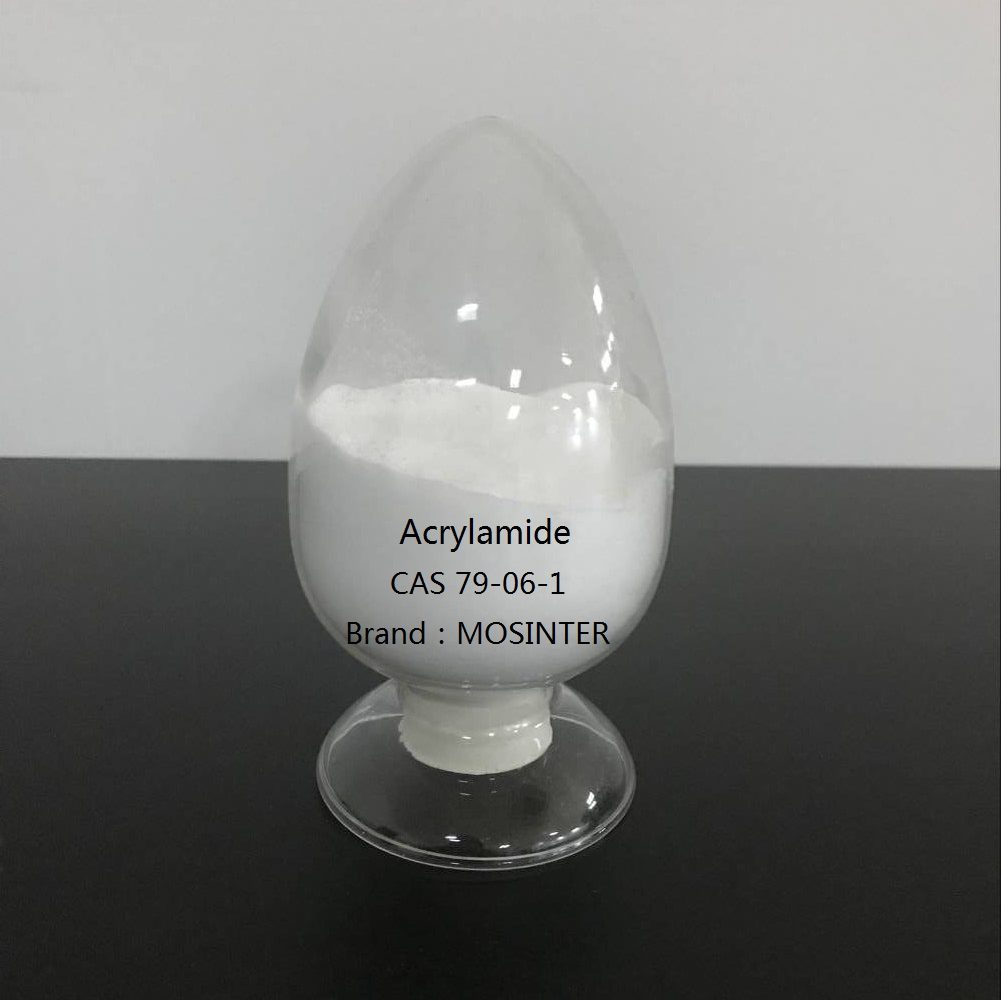
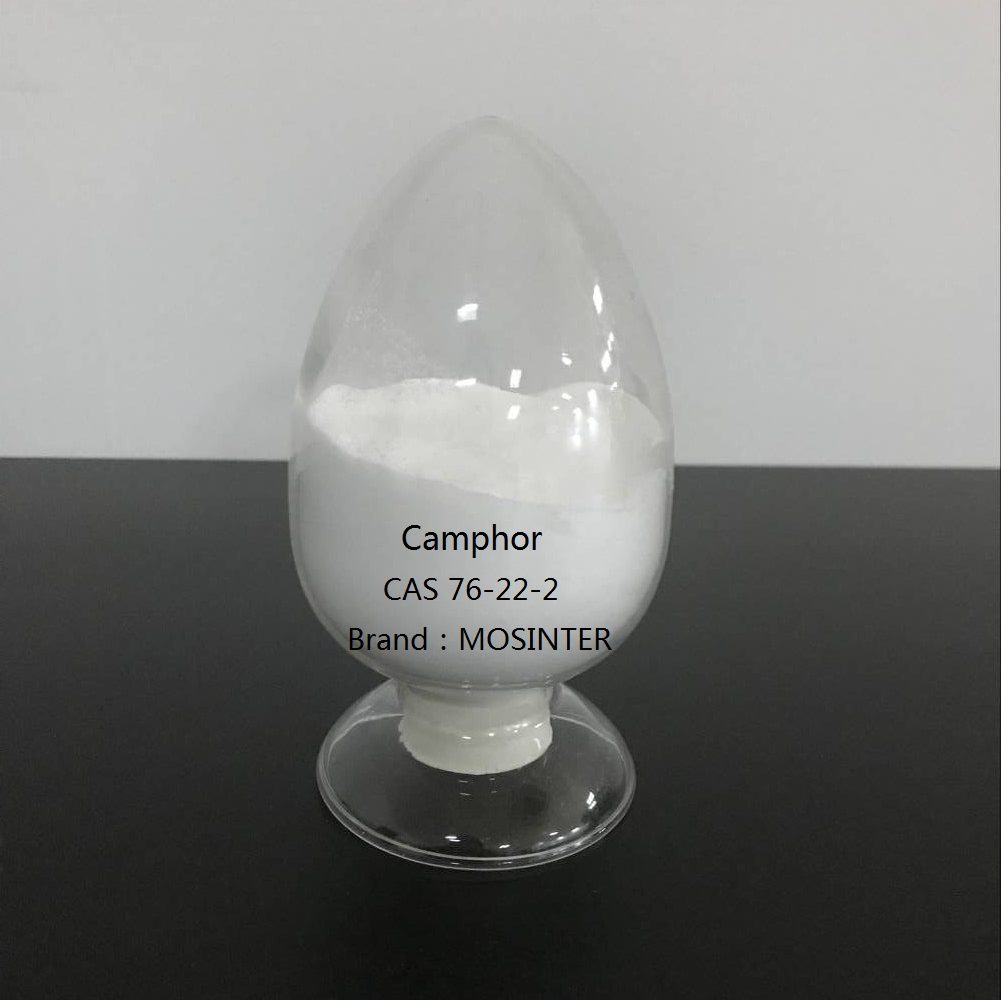
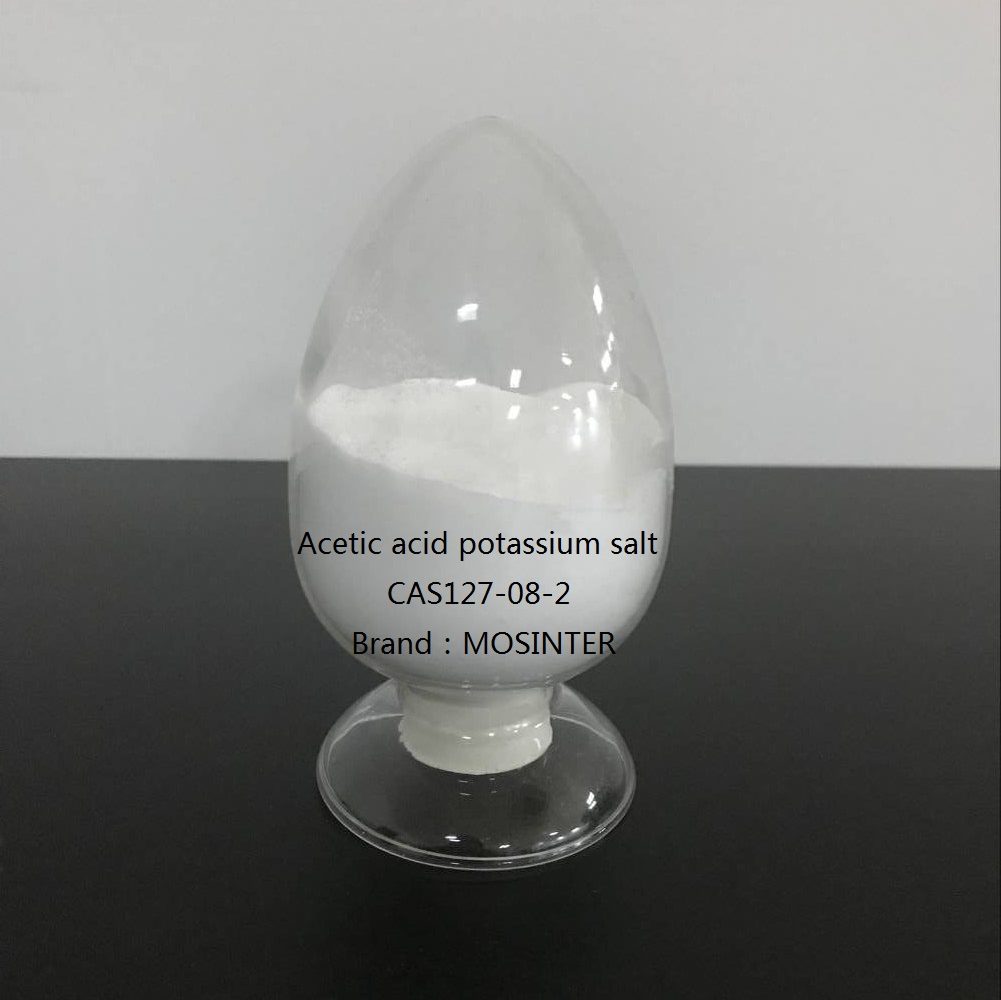
Reviews
There are no reviews yet.